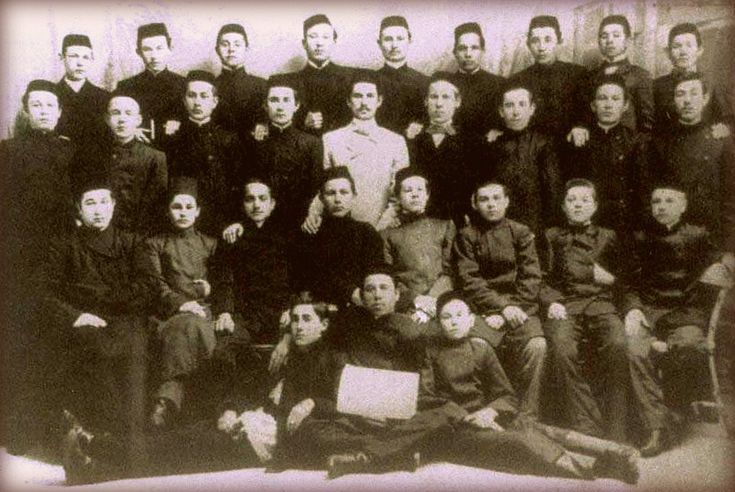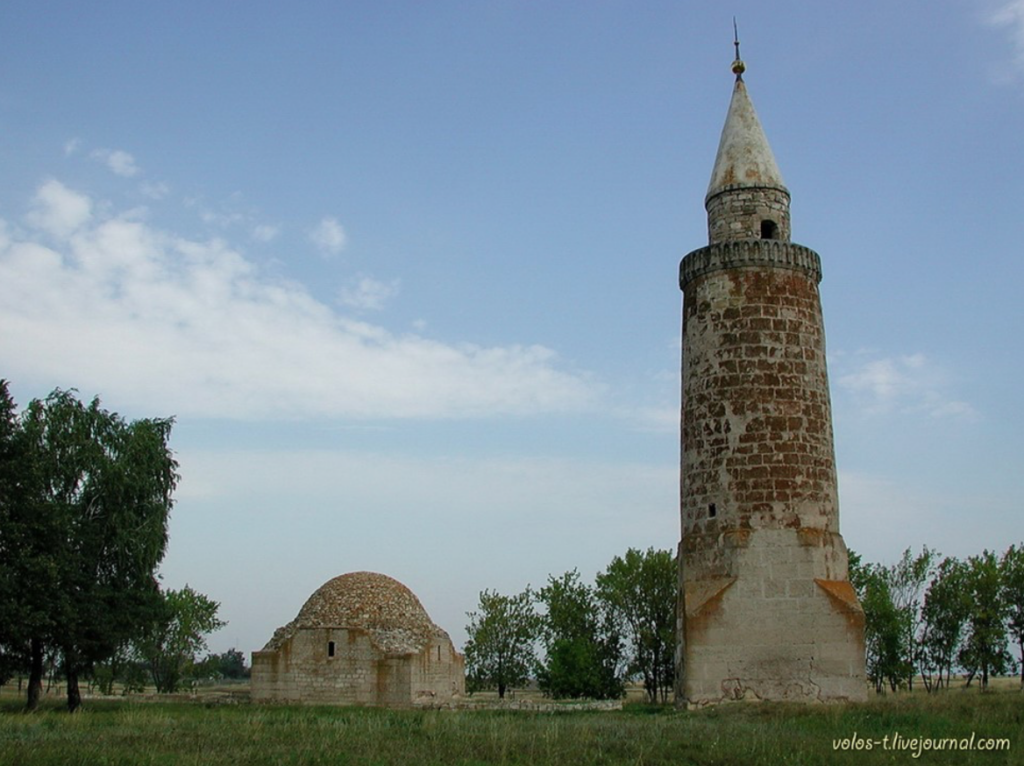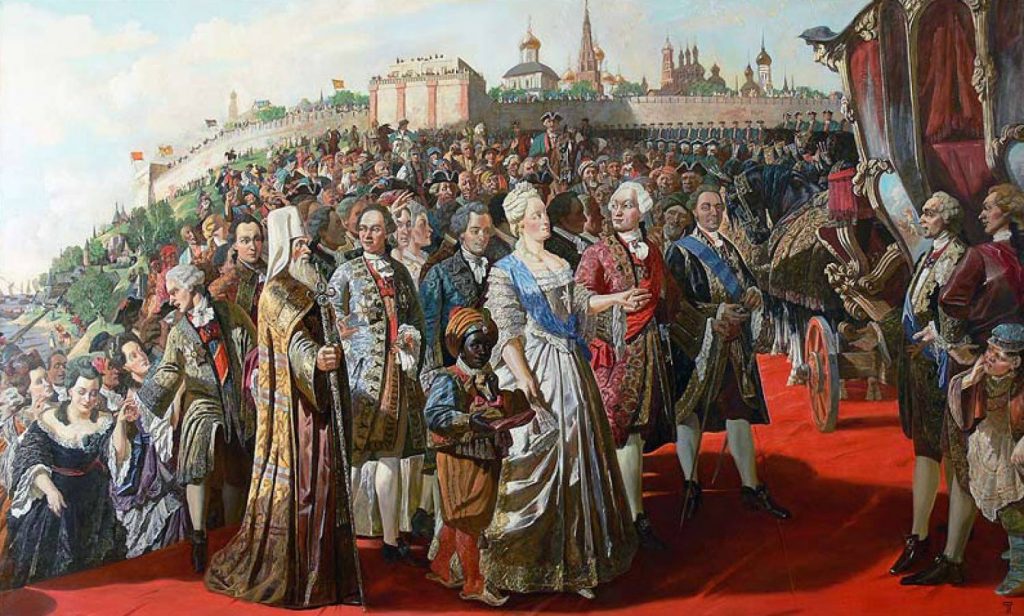Shakirds

Shakirds usually study the fundamentals of Islam and Arabic script, religious scholastic studies, and calligraphy. Often their curriculum also includes secular disciplines such as foreign languages, arithmetic, geography, history, etc.
In Russian pre-revolutionary madrasas, shakirds were trained in either New-Method schools or Old-Method schools), which differed from each other in their emphasis on either religious dogma, scholasticism, and religion or rational disciplines.
Before the 1917 revolution, both types of madrasahs existed in the Middle Volga region, which earned wide recognition of the Turkic-Muslim population of the Russian Empire. One of them was the “Muhammadiyya” in Kazan, founded by Galimzhan Galiyev-Barudi. The madrasahs “Kasimiya” in Kazan, “Galiya” and “Gusmaniya” in Ufa, “Husainiya” in Orenburg, “Rasuliya” in Troitsk, etc. were also very famous. Numerous madrasas taught practically all academic disciplines of the Russian school. For instance, shakirds of “Muhammadiyya” madrasah studied languages and literature (Tatar, Russian, Arabic, Persian), arithmetic, counting, drawing, physics, natural history, geography, history (World, Russian, history of Turkic peoples, history of science and classes), philosophy, logic, psychology, pedagogy, teaching methods, jurisprudence, rhetoric, metrics, ethics, medicine-hygiene, science of property division (faraiz). The curriculum of the madrasa Husainiyya included eight religious and twenty secular academic disciplines. In 1911, English researchers concluded that the curricula of such madrasahs were similar to those of classical gymnasiums.
There are several madrassas functioning in Kazan now:
Faruk, Medina, Shamil, Rizvan, Muhammadiyah, Kazan Muslim Madrasah of the 1000th Anniversary of Islam and so on.
Other publications
All publicationsOctober 13
Small minaret
In the second half of the XIV century, a mosque with a Small Minaret was built on the territory of the cemetery in Bulgar.

August 23
Mosques of the Old Tatar settlement (Starotatarskaya Sloboda)
Among the historical and architectural sights of the Old Tatar settlement there is a monument that has evoked a special feeling among Muslims for two centuries now - a sense of reverence. This is one of the two oldest and the first stone mosques in the city, built after the conquest of the Kazan Khanate, now known under the name of the outstanding religious figure Shigabutdin Mardjani.

